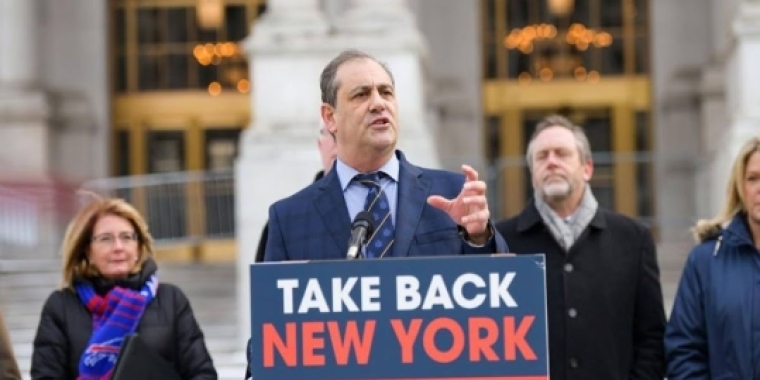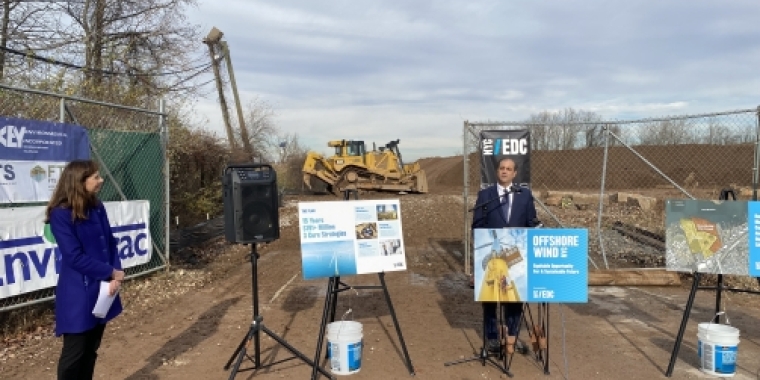
Senator Andrew Lanza Announces Dna Databank Expansion Law Effective Today
Andrew J Lanza
August 1, 2012
Senator Andrew Lanza today announced that the groundbreaking law expanding New York State’s DNA Databank by requiring anyone convicted of any felony or Penal Law misdemeanor to provide a DNA sample is now effective.
The new law also includes expanded access to DNA Databank comparisons for certain criminal defendants, allowing them to obtain DNA testing before trial or after a guilty plea to demonstrate their innocence. In addition, the law provides for greater access to discovery of evidence after conviction where innocence is claimed.
“New York is the first state to expand its DNA Databank so dramatically, once again leading the way for the rest of the nation,” Senator Lanza said. “This expansion will help solve and prevent crimes, bring justice to victims and prove innocence for the wrongfully convicted – and above all make our neighborhoods safer for New Yorkers.”
Prior to this law, New York State permitted DNA to be collected from only 48 percent of offenders convicted of a Penal Law crime, which comprised of only those individuals who were convicted of a felony or one of 36 misdemeanors under the Penal Law. As of today, DNA samples will be collected from anyone convicted of a Penal Law misdemeanor or a felony in any state law – such as felony driving while intoxicated under the Vehicle and Traffic Law.
The law is not retroactive and does not apply to children involved in Family Court matters or to youthful offenders. In addition, first-time offenders convicted of low-level marijuana possession (Penal Law Section 221.10, subsection 1) will not be required to provide a DNA sample.
Taking a DNA sample is not an invasive process: convicted offenders rub the inside of their cheek with a swab. The New York State Police Forensic Investigation Center uses an automated process to convert that material into a numerical profile that is unique to that offender. The profile is only used to match convicted offenders to evidence found at a crime scene and link crimes that may involve the same perpetrator. The profile cannot be used for any other purpose because the DNA is extracted from locations on the strand that cannot identify the person’s race, appearance, health or behavior.
Since its creation in 1996, the DNA Databank has helped New York State prosecutors obtain nearly 3,000 convictions, including in 1,470 burglary cases, 626 sexual offense cases, and 202 murder cases. DNA evidence also has helped exonerate 27 New Yorkers and exclude countless others from suspicion, often at the earliest stages of investigation.
With more offender samples being collected, the likelihood that more crimes will be solved increases, starting with new samples being matched against more than 40,000 crime scene samples – each representing an unsolved crime – currently in the state’s DNA Databank.
The Forensic Investigation Center in Albany is home to the state’s DNA Databank, and the DCJS Office of Forensic Services provides administrative oversight of the Databank. The Forensic Investigation Center can process 10,000 DNA samples from convicted offenders each month. This expansion will not create a backlog.
#####
Share this Article or Press Release
Newsroom
Go to NewsroomSenator Lanza Votes Against S9617
December 23, 2022



